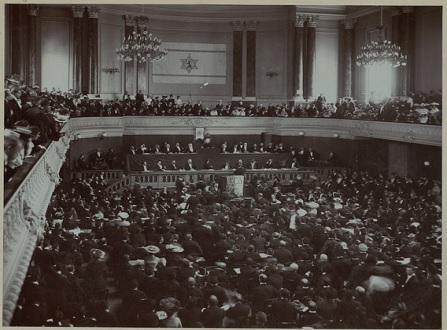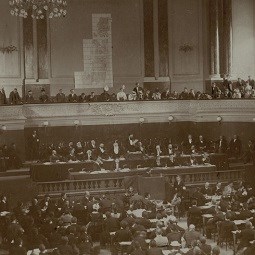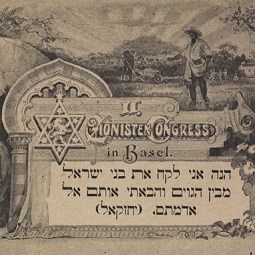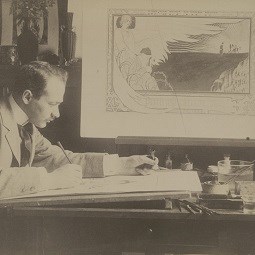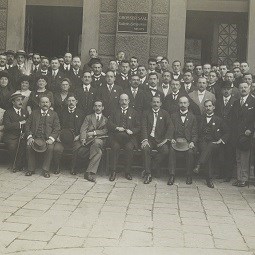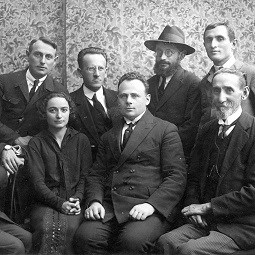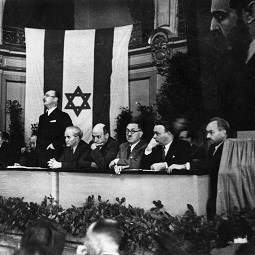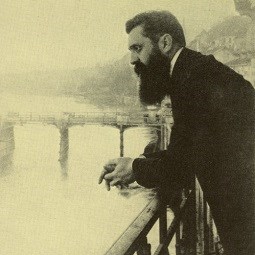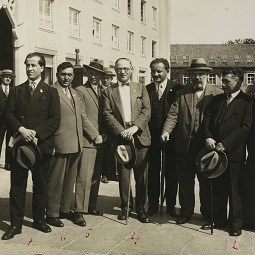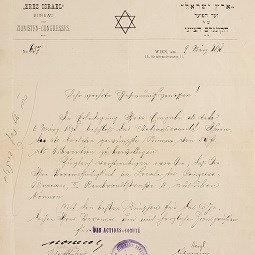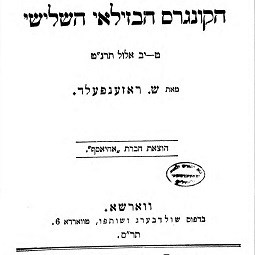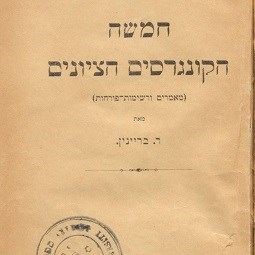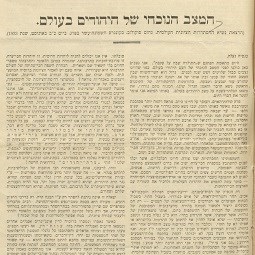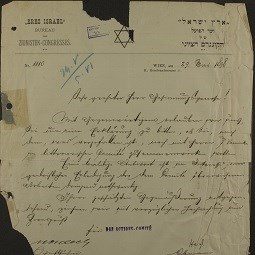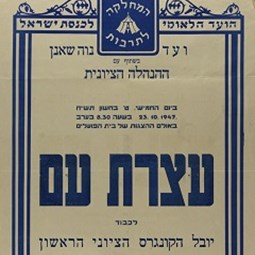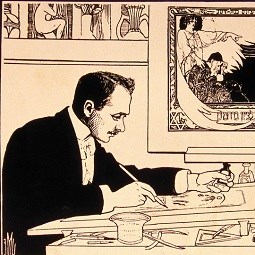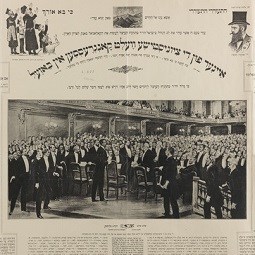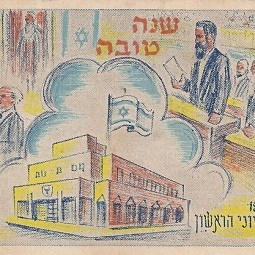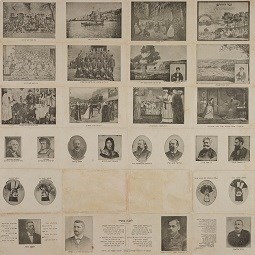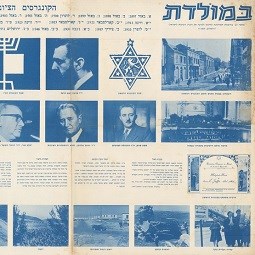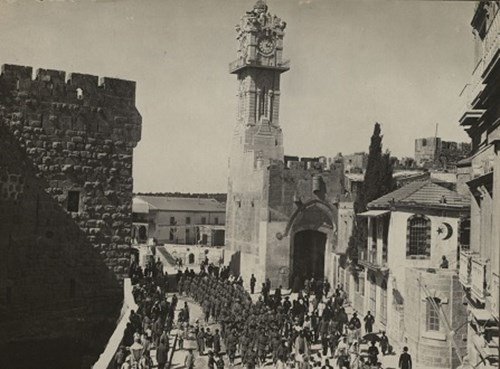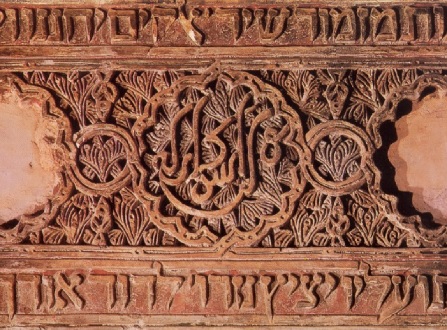The Zionist Congress
The dream of returning to Zion was at the center of Jewish traditional life for two thousand years of exile. Only in the 19th century did this utopian dream develop into the practical ideology of modern Zionism and, at the end of the century, become an established movement.
Against the background of the Zionist awakening, the Enlightenment movement and winds of progress and liberalism led many Jews to attempt to integrate into their countries of birth and distance themselves from their Jewish identity. The first signs of a national Zionist consciousness appeared in the Zionist writings of secular and religious Jewish intellectuals who were inspired by the national awakening in Europe and yet feared the loss of Jewish identity, the failure of emancipation and growing antisemitism. These thinkers encouraged the settlement of Jews in the Land of Israel, the strengthening of Jewish national identity, the revival of the Hebrew language and the development of the Jewish people’s cultural and spiritual life.
Local Zionist associations operating in the second half of the 19th century were the first practical attempts at realizing the Zionist vision. The First Aliyah (the first wave of Zionist immigration) began with their encouragement. Hibbat Zion, founded in 1884, was the first established national movement and served as the umbrella group for dozens of Zionist organizations.
Historical Processes
Herzl entered the national arena as Hibbat Zion was encountering difficulties and entering a period of crisis. The young journalist and jurist devoted himself to the Zionist vision, convened the first Zionist Congress in 1897, and founded the World Zionist Organization, which united all Zionist organizations. Herzl led the Zionist movement until his death in 1904. During his seven years of diplomatic activity, he swept the Jewish people after him, placed "The Jewish Question" and the national solution on the international agenda and outlined a political plan for the establishment of a state.
Herzl left behind a significant, active and dynamic Zionist movement that worked feverishly to implement the Zionist vision, despite the ideological gaps among the various groups. The movement’s leaders and activists led the historical processes that became milestones in the history of Zionism, including the waves of immigration, the Balfour Declaration, the revival of the Hebrew language, the illegal immigration enterprise, the absorption of immigrants and the development of settlement, education and the economy. With the establishment of the State of Israel, the Zionist movement achieved its main goal. Since then, it has focused on issues related to development of the State.
The National Library offers a vast array of archival treasures collected from around the world that tell the turbulent story of Zionism. The abundance of documents, photos, posters and other materials enable in-depth acquaintance with the major figures of Zionism, from its early heralds to its 20th century leaders, from a range of diverse perspectives. Discover the many chapters of Zionist history and the faces and human stories behind the crucial period that led up to the establishment of the State of Israel.

 Sign in with Google
Sign in with Google
 Sign in with Facebook
Sign in with Facebook
